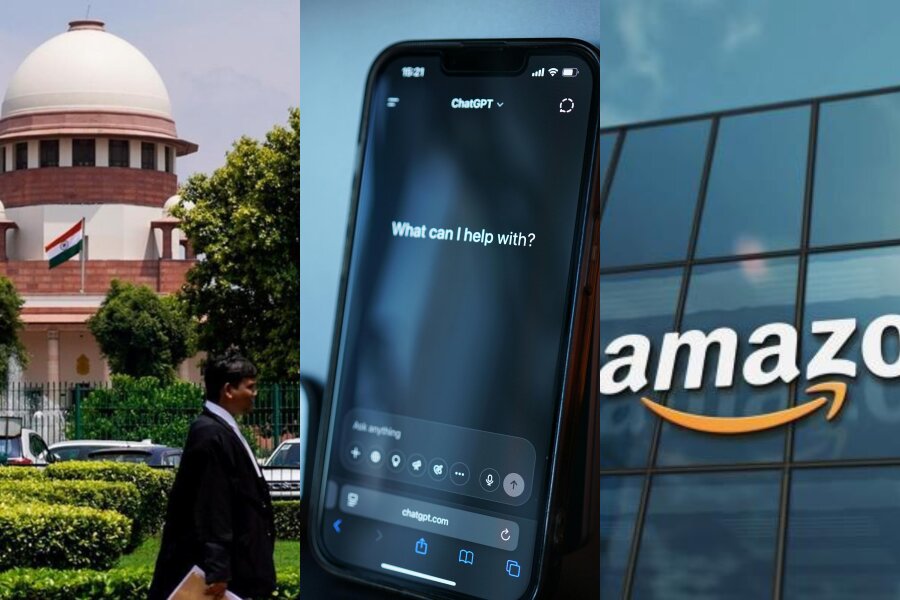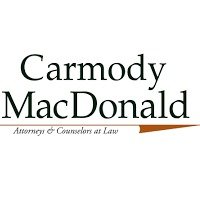Best Tax Increment Financing Lawyers in St Louis
Share your needs with us, get contacted by law firms.
Free. Takes 2 min.
List of the best lawyers in St Louis, United States
About Tax Increment Financing Law in St Louis, United States
Tax Increment Financing (TIF) is a public financing method used to subsidize redevelopment, infrastructure, and other community-improvement projects in St Louis, United States. It aims to stimulate economic development in designated TIF districts by capturing future tax increments resulting from increased property values. TIF is used to incentivize private developers and promote investment in underdeveloped areas. For a project to be eligible, it must prove that it would not happen "but for" the incentive and demonstrate a clear benefit to the public.
Why You May Need a Lawyer
Engaging with TIF involves complex legal agreements and adherence to local regulations, which often requires professional legal assistance. Situations where you might need a lawyer include:
- Drafting and negotiating TIF agreements with local government entities.
- Assessing the financial viability and risk associated with a TIF-funded project.
- Navigating the compliance requirements associated with TIF laws and public funding mechanisms.
- Representing developers or community stakeholders in disputes related to TIF projects.
- Negotiating and structuring agreements to distribute the incremental tax revenues.
Local Laws Overview
In St Louis, TIF is primarily governed by Missouri State law, specifically outlined in the Real Property Tax Increment Allocation Redevelopment Act. Key aspects include:
- The designation of TIF districts, which are typically areas in need of economic revitalization.
- The requirement for a comprehensive redevelopment plan that outlines the project's goal, cost, and expected benefits.
- Approval processes that involve public hearings and votes by local government entities.
- The "but for" test, which requires evidence that the project would not proceed without TIF assistance.
- Monitoring and reporting obligations to ensure compliance and transparency in the use of public funds.
Frequently Asked Questions
What is the purpose of a TIF?
The main goal of TIF is to attract private investment to blighted or underdeveloped areas by offsetting some of the upfront development costs.
Who can apply for TIF?
Typically, developers, municipalities, or other eligible entities can apply for TIF financing, provided their projects meet specific local criteria and regulations.
How long does a TIF district last?
A TIF district generally exists for up to 23 years, although it can be extended under certain circumstances with appropriate approval.
Can TIF funds be used for any type of project?
No, TIF funds are usually earmarked for specific types of projects that promote economic development or eliminate blight. Each project needs to meet certain criteria for approval.
How are the funds in a TIF district used?
Funds are typically used for public improvement projects, infrastructure development, and other initiatives that encourage private investment and urban renewal.
What are the risks associated with TIF?
Common risks include the potential for projected tax revenue increases to not materialize, which can lead to financial shortfalls and unmet obligations.
Do TIF projects need community support?
Yes, community involvement and support are often crucial as public hearings are a required part of the approval process.
What happens at the end of a TIF district's life?
Once a TIF district expires, the increased property tax revenues are distributed to all taxing bodies within the district.
Can TIF be used to fund residential development?
Yes, TIF can be applied to residential developments if they meet the local area’s revitalization and economic growth goals.
How does TIF affect local government budgets?
Initially, TIF can cause a temporary shortfall as incremental taxes are diverted to pay for the project; however, it's expected to lead to higher tax revenues in the long term.
Additional Resources
For further information on TIF in St Louis, you may find the following resources helpful:
- St. Louis Economic Development Partnership
- Missouri Department of Economic Development
- City of St. Louis Development Corporation (SLDC)
- Missouri Municipal League
- Local legal firms with expertise in TIF and redevelopment law
Next Steps
If you are considering pursuing a TIF project or require legal assistance with an existing TIF issue, consider the following steps:
- Conduct initial research to understand the potential and challenges of using TIF.
- Consult with a legal professional specializing in TIF to evaluate the specific needs and requirements of your project.
- Engage with local development agencies to explore available support and existing redevelopment plans.
- Participate in local government meetings and public hearings to voice your interests and understand community sentiments.
- Prepare necessary documentation and feasibility studies to support your TIF application or legal argument.
Lawzana helps you find the best lawyers and law firms in St Louis through a curated and pre-screened list of qualified legal professionals. Our platform offers rankings and detailed profiles of attorneys and law firms, allowing you to compare based on practice areas, including Tax Increment Financing, experience, and client feedback.
Each profile includes a description of the firm's areas of practice, client reviews, team members and partners, year of establishment, spoken languages, office locations, contact information, social media presence, and any published articles or resources. Most firms on our platform speak English and are experienced in both local and international legal matters.
Get a quote from top-rated law firms in St Louis, United States — quickly, securely, and without unnecessary hassle.
Disclaimer:
The information provided on this page is for general informational purposes only and does not constitute legal advice. While we strive to ensure the accuracy and relevance of the content, legal information may change over time, and interpretations of the law can vary. You should always consult with a qualified legal professional for advice specific to your situation.
We disclaim all liability for actions taken or not taken based on the content of this page. If you believe any information is incorrect or outdated, please contact us, and we will review and update it where appropriate.















